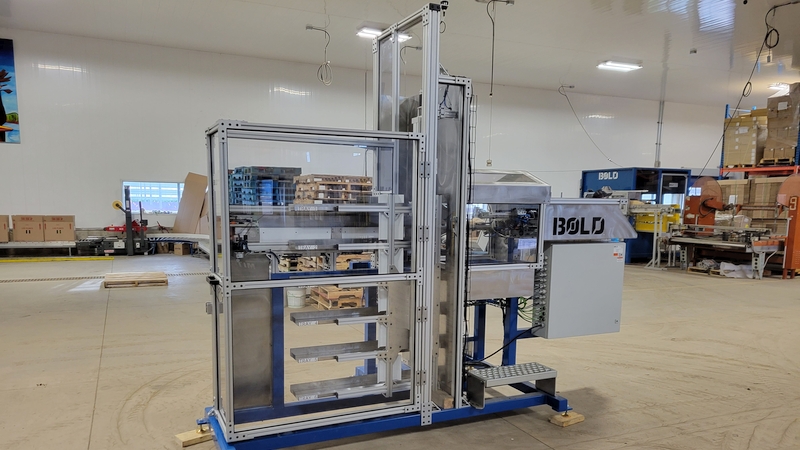Opinion: Impatiens Put To The Test

Impatiens are probably done in Europe.
Those were the jaw-dropping words a long-time U.S. breeder shared with me at January’s IPM Essen. The breeder was referring specifically to the damage downy mildew did on Impatiens walleriana throughout Europe in 2011, wiping out landscapes and prompting some European retailers to avoid carrying the crop altogether this year.
It’s yet to be determined if impatiens are officially done in Europe, but the very thought begs questions about impatiens’ fate here in the United States. Just imagine a widespread downy mildew problem unfolding in your region. I’m not saying the disease will spread in the U.S. this year or in 2013 like it has in Europe. But the fact downy mildew was spotted on impatiens in top floriculture states like California, Illinois and New York, as Michigan State’s Mary Hausbeck reported last October, is cause for concern.
Consider the role impatiens play in U.S. floriculture and your business: Based on the 2010 Floriculture Crops Summary, no annual bedding plant was sold in flats more than impatiens (8,676,000) across USDA’s 15-state sample. Impatiens rank fourth in quantity sold among annual bedding plants in hanging baskets (2,338,000). They’re also fourth in the potted plants category (26,371,000) behind vegetative geraniums, pansies and petunias.
Think of the wholesale dollars tied to impatiens as well. According to USDA, growers earned an average of 77 cents on every container sold in 2010 that’s less than 5 inches. Growers earned $1.98 on average for impatiens produced in containers 5 inches or larger. If we experience what Europe has, where do those dollars go?
According to USDA, growers also sold a higher percentage of potted impatiens (97 percent) than every annual bedding plant the government tracks except marigolds and pansies. The high percentage is a reminder that impatiens are a sure-fire crop the market can bear millions of each year. But will the market bear impatiens if landscapes are wiped out and consumers feel they’ve been jipped? Could impatiens be done here, too?
A Look Ahead
If what my breeder source says about European impatiens is true, it’s logical to assume a rampant downy mildew spread in the U.S. is just as feasible. And it’s such logic that sparks a slew of questions, including: Is there a logical replacement to Impatiens walleriana?
New Guinea impatiens seem like an obvious choice, although at the moment they are not produced in flats at anywhere near the volume of impatiens. That rate could always change, but perhaps other annual bedding plant staples could take the place flats of impatiens have always occupied on benches. New Guinea production in hanging baskets and pots could ramp up, too, as a significant means to replace impatiens.
In the meantime, impatiens breeders are undoubtedly reexamining their programs and their ability to withstand downy mildew. With the California Spring Trials this month, I expect to see an assortment of new varieties of different genera bred specifically for disease resistance. In coming years,
I’d imagine we’ll also see a wave of New Guinea breeding, or products like Sakata’s SunPatiens that have already exhibited downy mildew resistance in the same European beds that wiped out Impatiens walleriana.
What’s to come this year for U.S. impatiens is anyone’s guess. The fact pathologists are promoting strategies to protect your impatiens signals you can beat downy mildew and keep the crop around. So take the precautionary steps in the greenhouse and hope for a warm or relatively dry spring that won’t harbor the disease.









